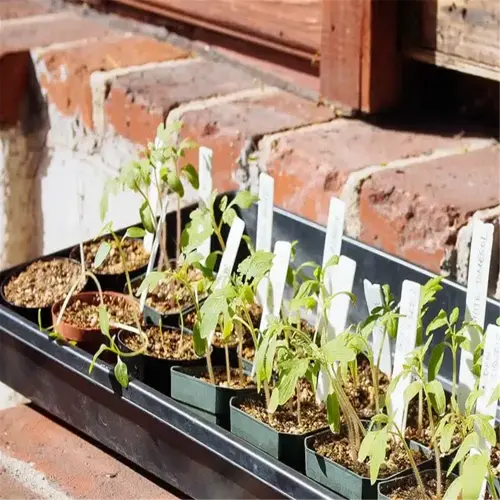What are the best low-light herbs for indoors?

Written by
Michael Sullivan
Reviewed by
Prof. Samuel Fitzgerald, Ph.D.Herbs can be grown indoors, even if you have a low-light environment, as long as you choose the correct varieties. Mint, chives, and lemon balm can all handle low-light conditions. They are perfect for growing in north-facing windows, or rooms that get limited sunlight. I have personally grown a lot of mint in my basement office with simple LED strips, so you can see that herbs do not need full sun to thrive.
Mint
- Tolerates 4 hours of indirect light daily
- Keep soil slightly moist; water when top inch dries
- Prune weekly to prevent leggy growth
Chives
- Thrives under fluorescent office lighting
- Harvest outer leaves first to encourage regrowth
- Divide clumps every 2 years for vigor
Lemon Balm
- Prefers filtered light from east-facing windows
- Crush leaves to release calming citrus scent
- Trim flowers to focus energy on foliage
Rosemary and lavender do not do well in low-light areas, they will stretch toward any light source to become weak and leggy. My first rosemary plant stretched so far it fell out of its pot! Use shade-tolerant herbs unless you have growing lights that are supplemental.
Leggy Growth
- Rotate pots 180° every 3 days for even exposure
- Use reflective surfaces like aluminum foil near plants
- Trim elongated stems to promote bushiness
Pest Prevention
- Wipe leaves with diluted castile soap weekly
- Avoid overwatering to deter fungus gnats
- Isolate new plants for 14 days before grouping
If you want to dive into low-light herb gardening and are new to it, start with chives. Chives have grass-like leaves and add an onion flavor to eggs and soups year-round. Once comfortable growing chives, branch out to parsley. Parsley may surprise you to find out, it has the ability to tolerate shade, especially the flat-leaf variety.
Read the full article: Growing Herbs Indoors: The Ultimate Beginner's Guide

